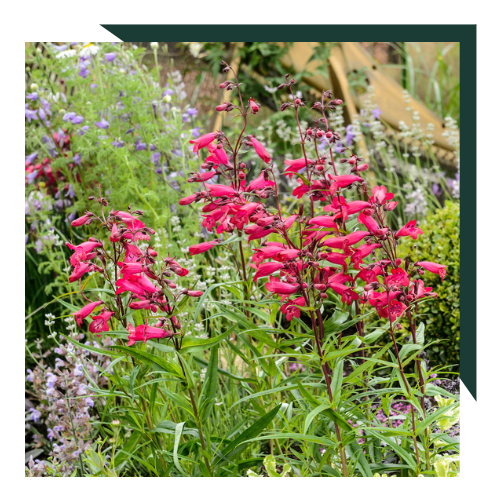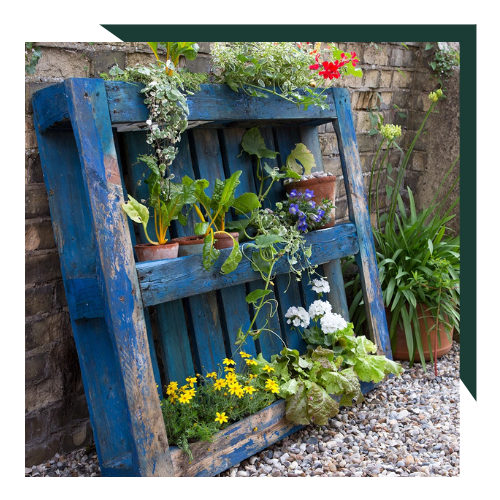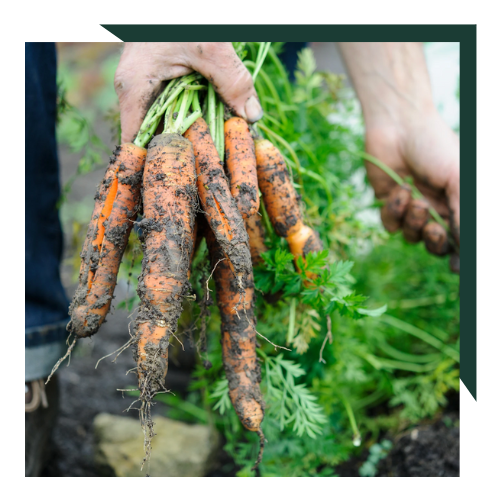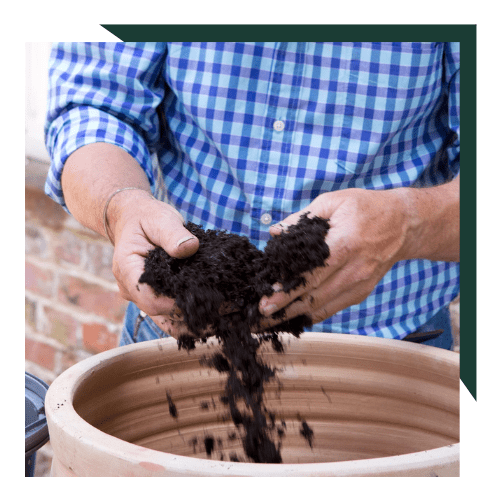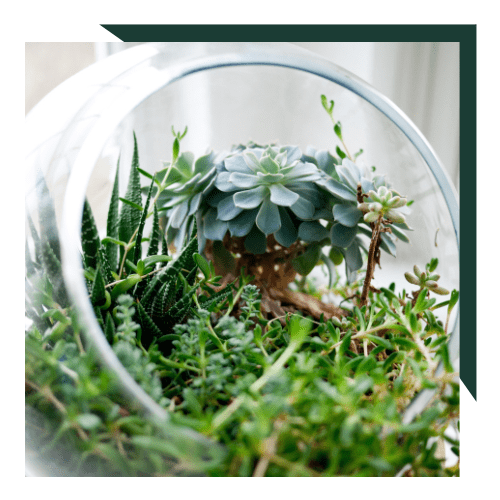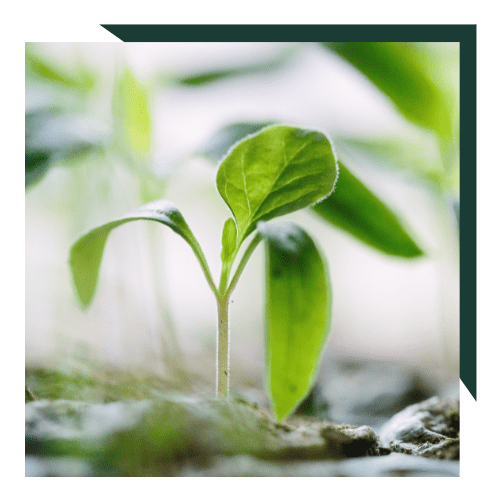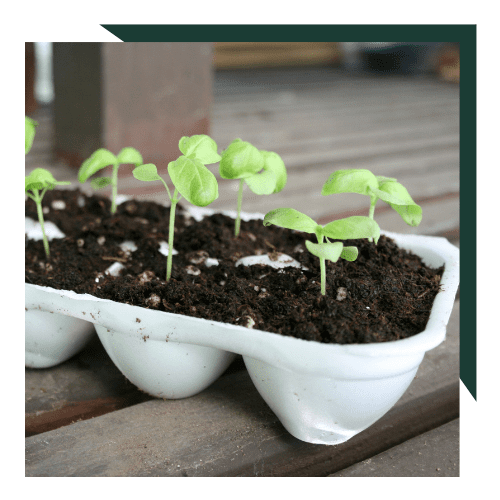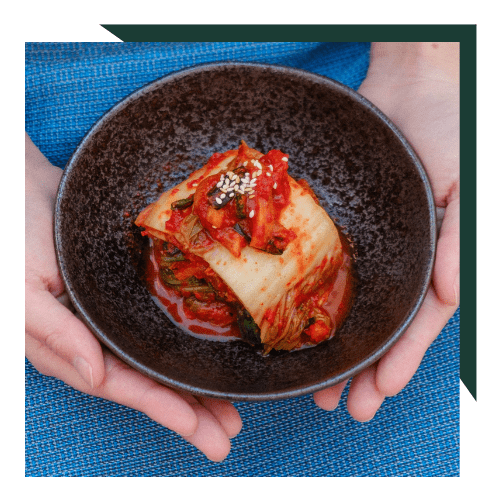Time to sow: broad beans
October is a great time to sow broad beans and we have some tips from BBC Gardeners’ World Magazine to get you started. Plus, we’ve got a recipe from the BBC Good Food Show Summer for your harvest later.
Home-grown broad beans offer a delightful and exceptionally tender addition to your menu, typically among the earliest harvests of the year. These beans are simple to cultivate from seeds, producing vibrant pods containing green or white beans, perfect for enhancing salads, stews, and soups. Their compact growth means they’re suitable for planting directly in the ground, raised beds, or spacious containers. Alternatively, you can acquire young plants in the early spring season
How to grow:
Plant broad beans outdoors during either spring or autumn, spacing them 20cm apart within rows separated by 60cm. If you reside in a chilly region, contend with dense soil, or face issues with rodents, consider sowing the seeds indoors initially, and then transplant the young plants six weeks later. To deter blackfly infestations, prune the plant tips, and for taller varieties, provide support to prevent them from bending due to the weight of the beans. Optimal tenderness is achieved by harvesting the pods when they reach a mere 6cm in length.
If you started off your broad beans in pots, they will be ready to plant out once the roots have filled their pots. Plant around 20cm apart and water in well.
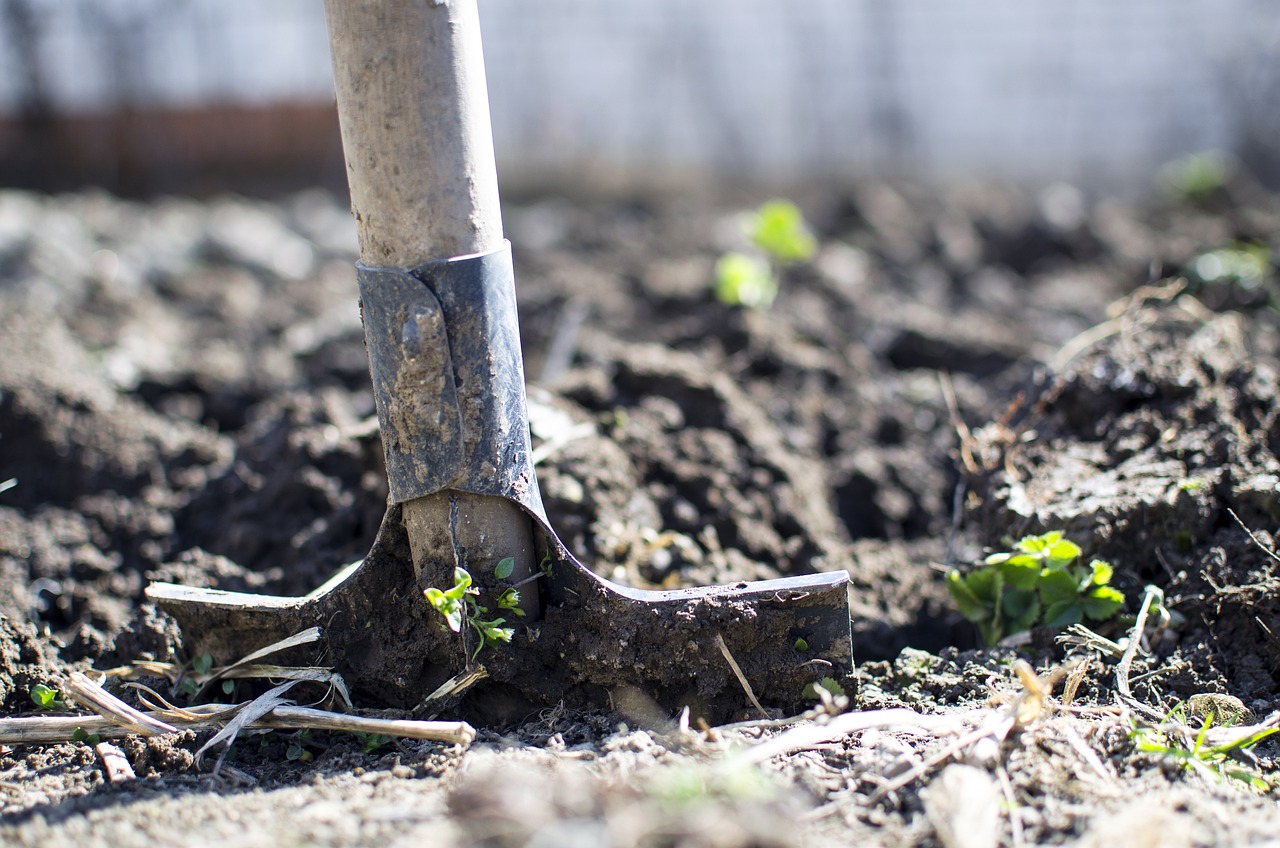
Steps for outdoor broad bean sowing:
Prepare the planting area by incorporating an ample amount of compost or manure into the soil using a garden fork. Afterward, use a rake to create a finely crumbled surface.
Create furrows that are 5cm deep, leaving approximately 20cm of space between each furrow. Alternatively, you can opt for double rows with a 60cm separation.
Plant the broad bean seeds at a depth of 5cm within the furrows.
Cover the seeds with soil, compact it gently, and ensure thorough watering.
If you anticipate cold weather, provide protection by using horticultural fleece or cloches to cover the sown area.
Steps for indoor sowing:
For those residing in colder regions, dealing with dense or waterlogged soil, or combating seed-eating mice, initiating the broad bean sowing process indoors is a wise choice.
Begin by filling small pots or modules with peat-free multipurpose compost.
Insert a single seed into each pot or module, ensuring a planting depth of 5cm.
Position these containers in a cool, frost-free environment, such as a cold frame or unheated greenhouse. Typically, germination should occur within a span of three weeks.
Once approximately six weeks have elapsed and the roots have occupied their respective containers, it’s time to transplant the young broad bean plants into the outdoor garden space.
Care
Shield the freshly sown area by draping it with netting to safeguard the seeds against avian and squirrel interference. The emergence of seedlings hinges on the prevailing weather conditions and the state of the soil, typically manifesting within a few weeks.
Once the blossoms make their debut, ensure a consistent watering regimen, and employ a hoe to maintain weed control within the rows.
To ward off blackfly invasions, promptly pinch off the growing tips as soon as the flowers materialize.
For taller broad bean varieties, it’s essential to provide sturdy support using canes and twine. Position robust supports at the termination of each row, then proceed to encircle them with rows of twine, spaced at 30cm intervals, to bolster the plants. This support infrastructure should be installed while the plants remain small in size.
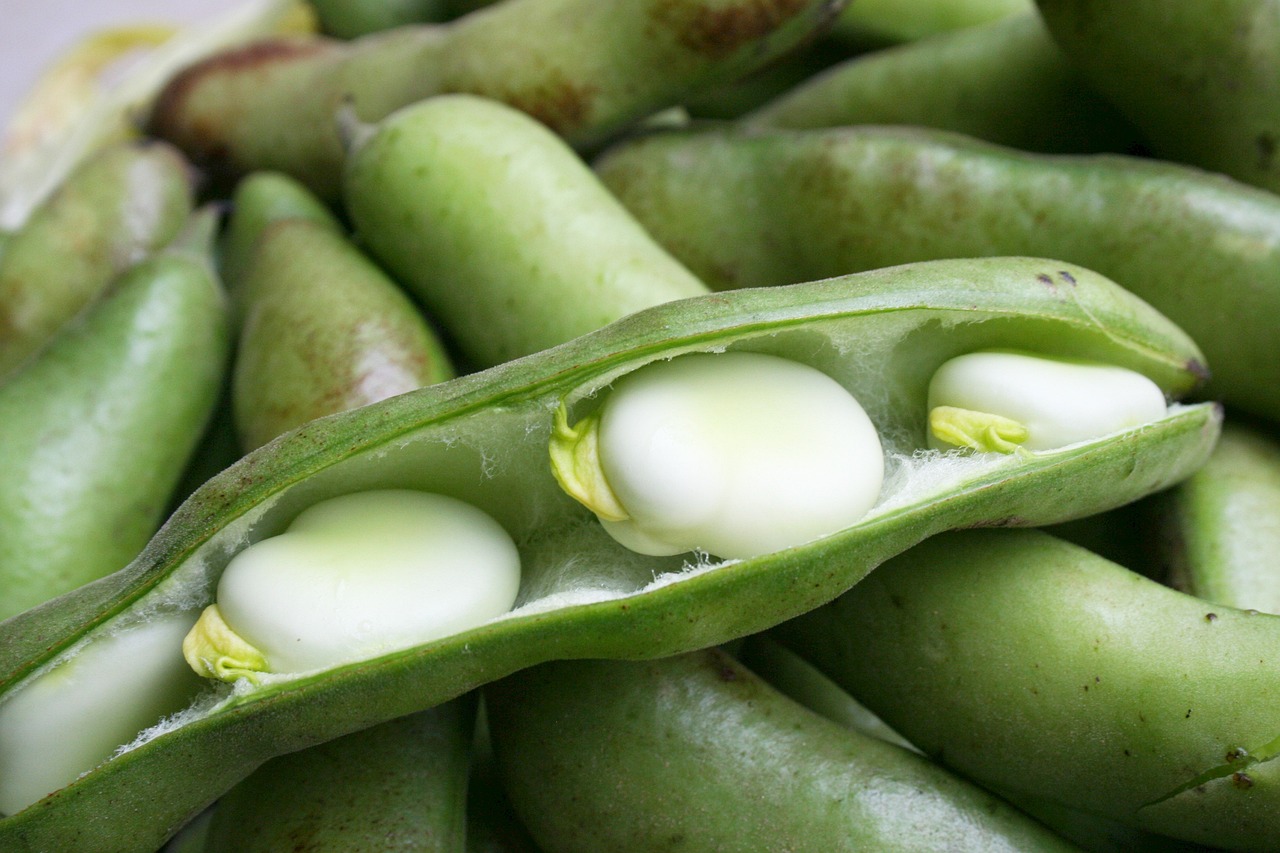
Your harvest
If you want to eat broad beans in their pods, harvest them really young (when they’re about 6cm long) before they have the chance to become tough or bitter. To eat them shelled, wait a little longer, until you can clearly see that the pods are bulging with beans.
After harvesting, leave the plants in the ground for as long as possible. Like other legumes, broad beans have nitrogen-fixing bacteria in the nodules on their root system, which boost nitrogen levels in the soil. The crops you grow in this area in the following year will reap the benefits
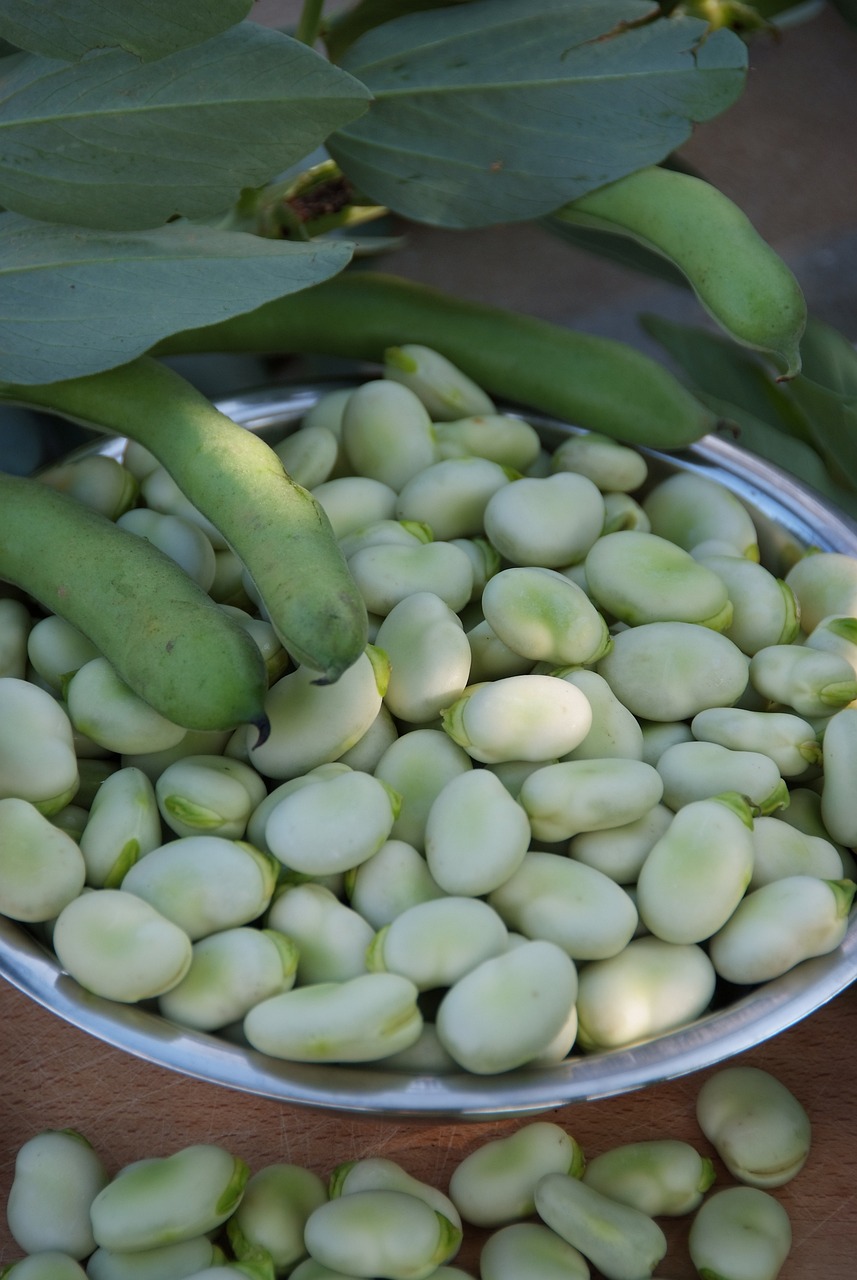
Why not try using your broad beans in this bean salad recipe below?
Honey mango jerk halloumi & bean salad
As seen on the Summer Kitchen with Craig and Shaun McAnuff at the BBC Good Food Show Summer 2023.

Serves 4
- 200g kidney beans, washed and drained
- 200g butter beans, washed and drained
- 200g black beans, washed and drained
- 100g watercress, spinach and rocket salad
- 200g cherry tomatoes, halved
- handful of parsley, chopped
- 1 large avocado, sliced
- 1 tbsp balsamic vinegar
- 250g halloumi, thickly sliced
- 1 tsp jerk seasoning rub
- splash of avocado oil
- grated parmesan, to serve
- 2 spring onions
- 2 garlic cloves
- 5 pimento seeds
- 6 thyme sprigs
- 1/2 scotch bonnet, or 1 red chilli, deseeded
- 50ml honey
- 150g fresh mango chunks
- 1 tsp light soy sauce
- 1 lime
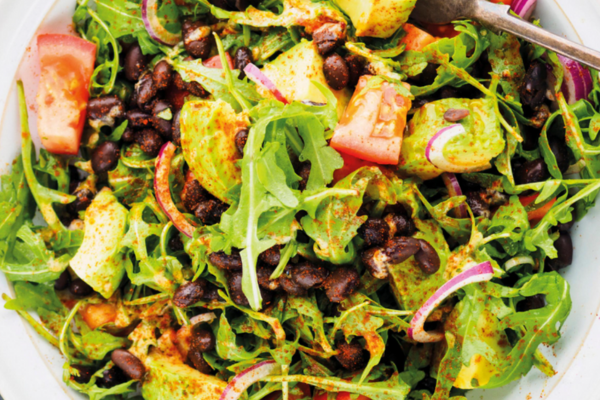
- Tip all the beans, salad leaves, tomatoes, parsley and avocado into a large bowl. Add the vinegar and toss to combine. Chill until ready to serve.
- Lightly season the halloumi with jerk rub. Add a splash of avocado oil into a griddle pan set over a medium heat and grill the cheese slices for 3-4 minutes until golden brown. Once cooked, transfer the halloumi to a plate lined with kitchen paper.
- Put all the dressing ingredients into a blender and whizz for 20 seconds. Chill until needed.
- Tip the chilled salad into a large bowl or onto a large plate. Put the halloumi and avocado on top, followed by the dressing. Finish with grated parmesan, if you like.


